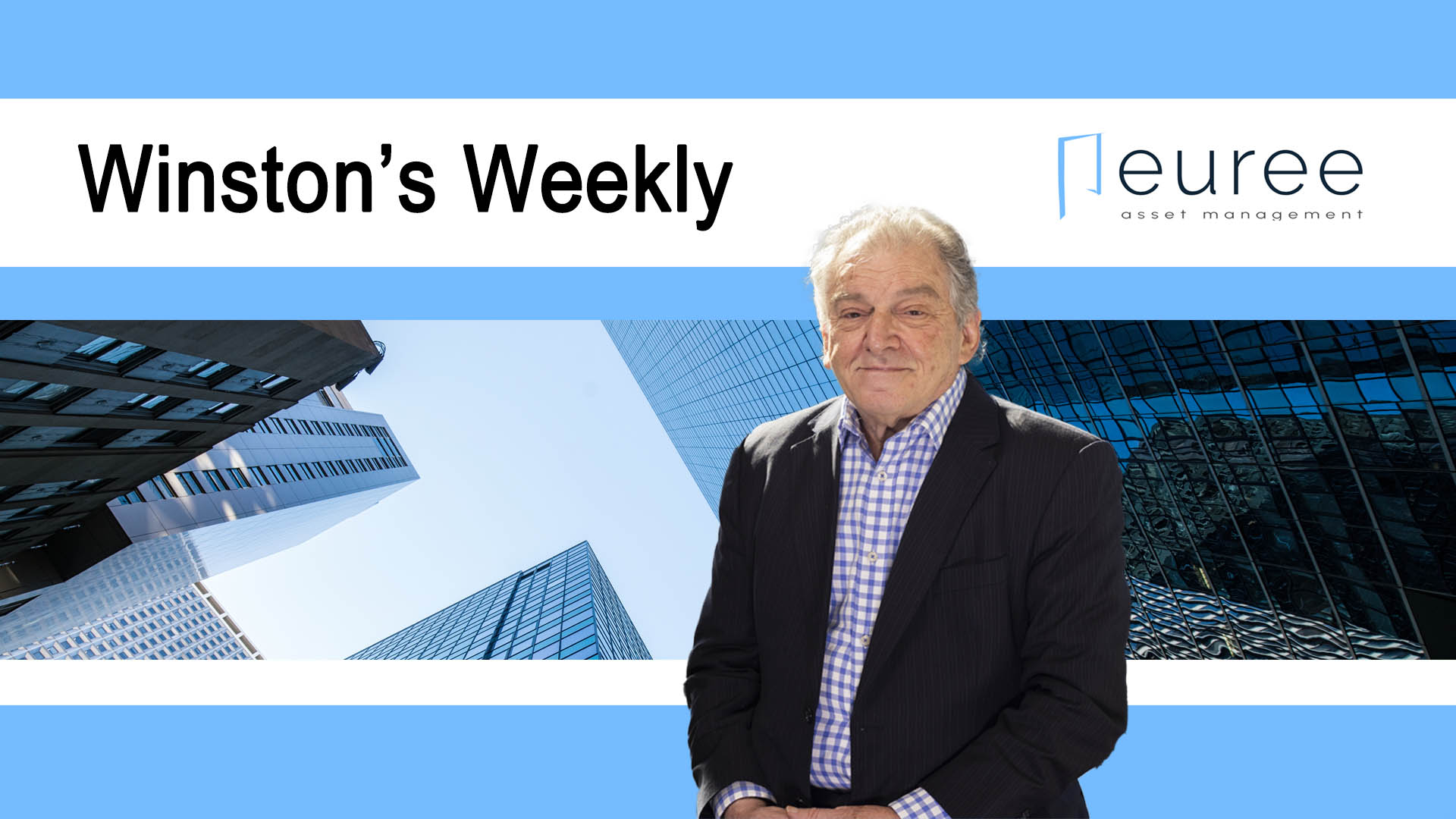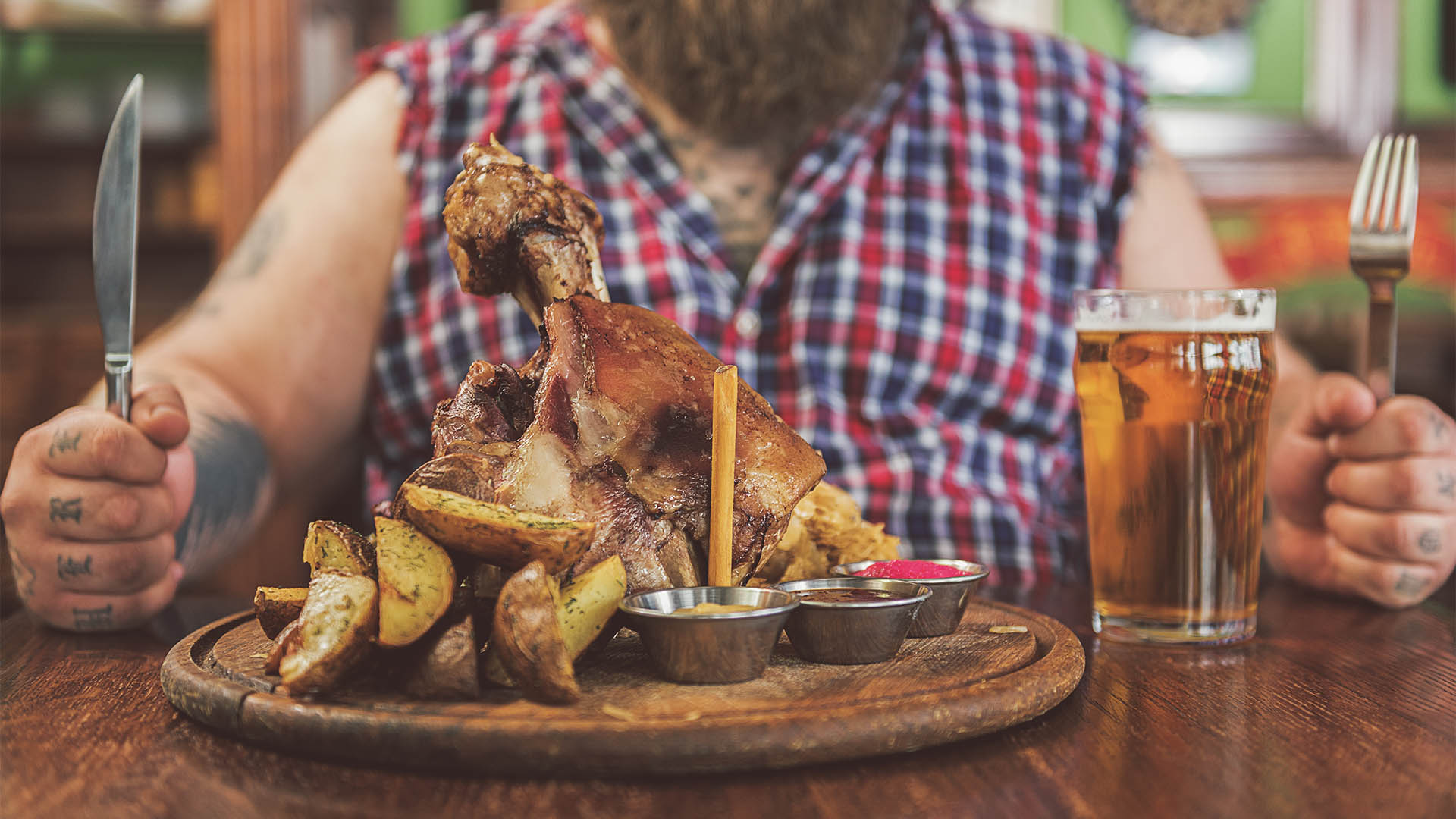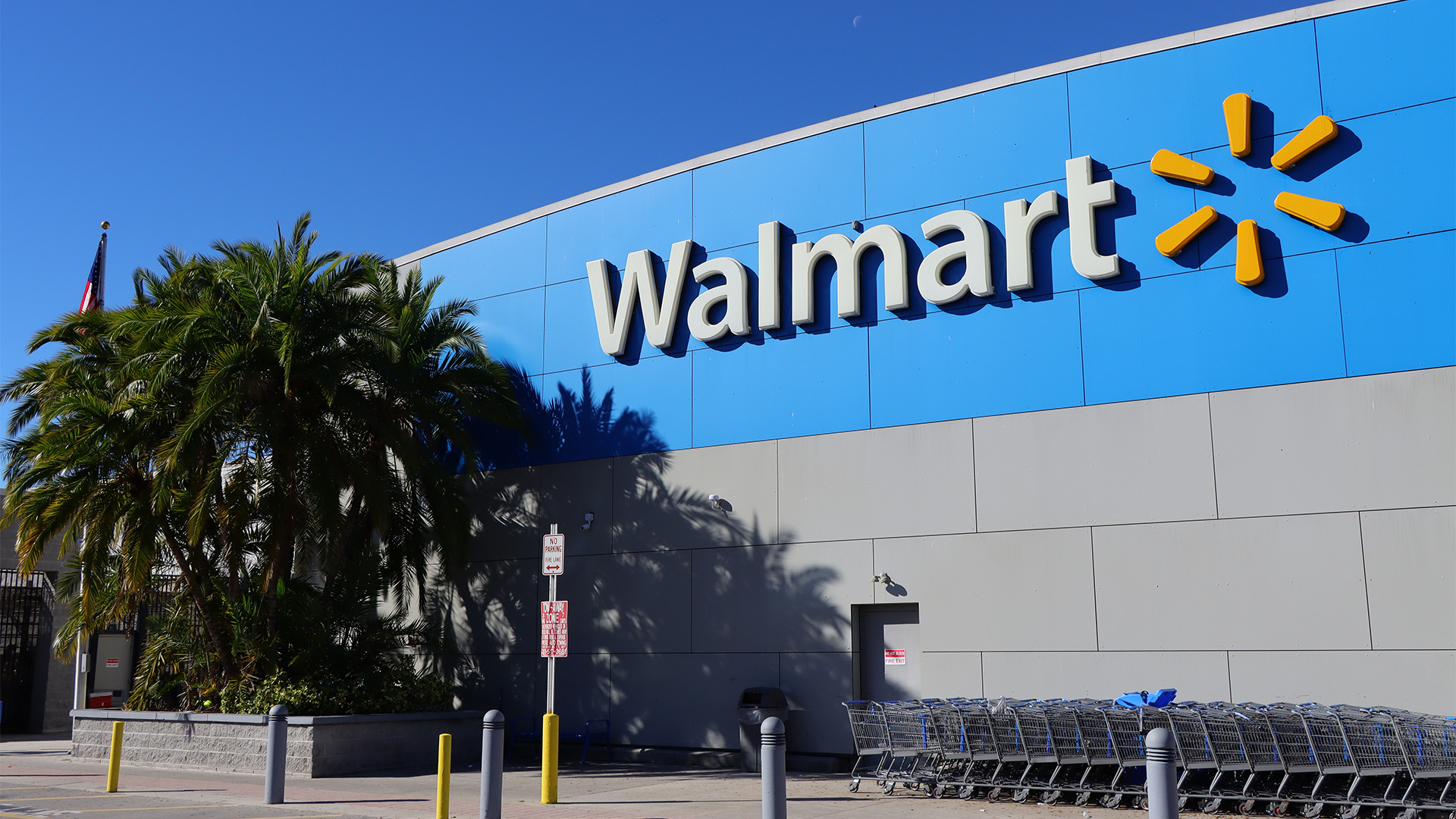Wednesday’s big post-holidays data dump from the Australian Bureau of Statistics seems to be telling us little changed in the economy from October to November.
The job vacancies data were a touch weaker but still well above previous levels, retail sales were solid – but there was an element of inflationary price rises and sales being taken from Christmas; while the monthly inflation indicator for November revealed a rise that was due to higher travel, holiday and travel costs, furniture, the impact of the restoration of the fuel excise cut and continuing price pressures for home building.
Overall, the data suggests the pace of activity remains solid in the face of the Reserve Bank’s rapid rate rises in 2022 and the chances of another increase remain high, with the jobs data for December and then the full Consumer Price Index report at the end of the month the two key bits of data for the central bank to consider at its first meeting for the year in early February.
The ABS’s relatively new monthly Consumer Price Index (CPI) indicator rose 7.3% in the year to November 2022 from the 6.9% rise in October and the same pace as in September.
The data shows the impact of higher consumer demand on a limited supply of goods or services, especially in travel, holidays and accommodation.
Among all the drivers of the inflation increase, one stood out, according to the ABS and that was the strong rise in the cost of holiday travel and accommodation sector with the second highest rise in four years.
There have been several strong annual movements in the Holiday travel and accommodation during 2022 as prices recover from Covid-19 related lows. November’s annual movement of 12.8 per cent was the second highest since the monthly CPI indicator data series began in September 2018.
Ms Marquardt said in release “November’s monthly increase of 4.3 per cent for holiday travel and accommodation departs from the falls usually seen in November following the September and October school holiday period. High jet fuel prices combined with strong consumer demand in November pushed airfare prices up, with accommodation prices also rising.”
The real beneficiary of those higher prices will be airlines and travel groups, led by Qantas and its record December half year profits.
The monthly inflation data, though, does confound expectations of any interest rate relief from the Reserve Bank.
…………
And that was also the message from the November quarter job vacancies data, which continue to run at near-record highs as an increasing number of businesses report more than one vacancy.
The data confirms the labour market remains very tight, but also suggests that it could quickly unravel with a sharp rise in unemployment if the RBA gets its rate rises wrong.
The ABS said there were 444,000 job vacancies in November 2022, down 5% or 23,000 jobs from August and 8% from May’s peak of 480,100.
Head of labour statistics at the ABS Bjorn Jarvis said that, despite the small fall, the number of job vacancies in November was 12% higher than November 2021 (398,000) and almost double what they were in February 2020 (228,000), prior to the COVID-19 pandemic.”
He also pointed out that the percentage of businesses reporting at least one vacancy again rose.
“While the number of vacancies has begun to fall over the past six months, we are continuing to see a greater share of businesses reporting at least one vacancy.”
“It was 28 per cent of businesses in November 2022, a slight increase from August 2022 (27 per cent) and more than double what it was in February 2020 (11 per cent),” Mr Jarvis said.
“These figures continue to show the high demand for workers across many businesses and all industries, in a tight labour market.”
The decline in job vacancies was driven by the private sector, which generally accounts for around nine in every 10 vacancies. Private sector vacancies fell by 6% from August to November 2022 while public sector vacancies increased by 6%.
When compared with the pre-pandemic levels, both private and public sector vacancies were close to double what they were in February 2020 (up by 96% and 89% respectively), according to the ABS.
Mr Jarvis said there had been more rapid growth in private sector vacancies up to May 2022, from which they have fallen over the past six months. “Public sector vacancies have increased at a slower but steadier rate over that period,” he added.
…………
And while retail turnover rose a solid 1.4% in November to a new record high, it is very likely this performance is bad news for December’s sales.
The rise was the second strongest this year after the 2.0% rebound in January in the wake of the easing of the Covid restrictions and followed the 0.4% in October, which was the smallest rise of the year to date, but revised up from the previously reported 0.2% fall.
Ben Dorber, ABS head of retail statistics, said the rise in turnover was driven by Black Friday sales, which boosted spending on clothing, footwear, furniture, and electronic goods.
“While we typically see a rise in spending around Black Friday sales, the strong seasonally adjusted rise in November 2022 shows that the effect is increasing over time, as the event has become more common across retailers and sales periods become longer.”
“Given the increasing popularity of Black Friday sales, the smaller increase in October may reflect consumers waiting to take advantage of discounting in November, particularly in light of cost-of-living pressures.”
But the negative is that these sale promotions see a drag forward of spending by consumers from following months (and in the case of October, a postponement). This could weaken the strength of the December and the expected Christmas boost to retail sales.
The ABS said that clothing, footwear and personal accessory retailing had the largest rise of 6.4% after slower growth in recent months. Department stores also had a strong rise with a big rise of 5.4%.
The ABS pointed out that while turnover rose in industries where Black Friday and other online sales events were happening, growth in food-related spending has slowed considerably. Food retailing and cafes, restaurants and takeaway food services both recorded a small rise of 0.1%.
“The monthly growth in turnover for cafes, restaurants and takeaway food services in November was the weakest in 2022 following strong growth earlier in the year as trading conditions returned to normal,” Mr Dorber said.
The rise in sales was nationally retail turnover up in all states and territories.
The data doesn’t include volume data which would be handy at a time of high inflation and rising costs and prices so that we can have a more accurate idea of demand and actual levels of consumer spending.
The monthly inflation indicator suggests a rise of 0.4% month on month in November which would bring the real rise back to around 1%, which is still a solid performance. But how much was ‘stolen’ from Christmas spending by consumers?













